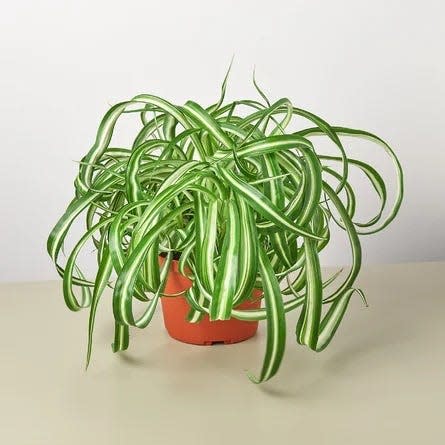Propagation elation: Five ways you can extend and brighten your garden
I have a passion for experimenting in the garden and greenhouse.
I love to see new plants as they grow from a “mother plant.” Furthermore, my “pennywise” nature always stirs up an interest to find ways to grow more plants rather than buy them at the nursery. Since we had good rains at the beginning of the spring this year, conditions were perfect for propagating what I had kept indoors during the winter months and for preparing my vegetable garden.
So, what is propagation? I found an explanation on Google: It is the process by which new plants grow from a variety of sources: leaves, stem cuttings and other plant parts.
To organize my thoughts in written form, I have made five groups of plants to show what I did in the spring and summer of 2021 using the method of propagation.
Early in the spring, I prepared good soil in my raised bed and in several clear plastic containers. The raised bed is well protected from too much direct sunlight and wind. Clear plastic containers are ideal for small plants, and they are easily moved around when needed. Later, the propagated plants that began to show new leaves were transplanted to flowerpots. Then, when I watered for the first time, I added “Quick Start Transplant Solution” to the water.
Usually, it takes a week or so to get them acclimated before I can see more growth taking place. I am always glad when most of my work was successful, and I can give them away and keep one of each kind for propagating in the future.
Group 1: Cuttings
∎ What: Forsythia, rose, geranium and bougainvillea
All four of them need to be cut from last year’s growth and I use root stimulator before putting them in the soil composed of peat moss, perlite and some potting soil. I cut off most of the leaves to allow a more robust growth for the roots. I use empty clear plastic spinach containers to watch more closely the new growing roots of the cuttings. Once the plants have developed new growth and leaves, I transplant each one into flower pots and keep them in the shade for several weeks.
Again, I use older cuttings and not the new growth. Within a few days they will show roots and I plant them directly into the soil. When they have doubled in size, I will put them in flowerpots. These are easy to propagate.

Group 2: 'Offspring' of mother plant
∎ WHAT: Airplane plant/ spider plant (Chlorophytum comosum), mangave, aloe vera
When the “babies” of the mother plant are big enough I cut them with a sharp knife from the mother plant. If I am lucky some will have already grown a few roots of their own. I must make sure that the young plants have developed a strong base, in order to grow roots now. Once they are in the ground, I use “Quick Start planting and transplant starting solution by Miracle Gro.” After a few weeks they are ready to be planted into pots.
Group 3: Leaves from mother plants
∎ WHAT: Sansevieria, hoya, pineapple, African violet
All of them with the exception of the African violet, which died after I put them in a pot, are easy to propagate. I take a leaf and barely bury it in the ground. I water regularly to keep the soil moist but not soaked. It takes longer for a leaf to develop roots--often three to four weeks, especially the pineapple plant since it has no tap root at all. When I see new growth, they are ready to be transplanted into pots.
Group 4: Division
∎ What: Aster, papyrus, yucca, sweet potato, iris
In late spring, I divided all four of the above plants and thinned out the Iris. In addition to that I snipped off the new growth of the asters to increase thicker blooming. I had difficulty with the papyrus because of too much rain in March and April. I had to transplant them into pots early on and kept them in full sun.
This year I tried to cut sweet potato into small sections that showed an “eye” and I now have small sweet potatoes growing underground, while the plant shows many large leaves above ground.
Group 5: Seeds from previous year
∎ WHAT: Zinnia, vinca, marigold, coreopsis, cox comb (celosia cristata)
Limited success with Vinca because only the white flowers came up. I planted some marigolds from saved seeds and also bought more seeds; some grew up volunteer in my front yard. I transplanted most of them, but with the heat in August and September most of them did not tolerate full sun and dried up overnight. With continued watering, the zinnia and coxcomb bloomed well.
I also had seeds from native petunias and dwarf snapdragon, but neither one grew any plants.
Now is the time to start propagating your plants. I hope that this will inspire you to try it. The upside is that you have new plants for free and the downside is – well – there really isn’t one.
If you have any questions, call the Taylor County Extension Office at 325-672-6048 or email us at mgardeners@yahoo.com. We hope you will like us on Facebook and visit bcmgtx.org for all Big Country Master Gardener information and events. We are here to help you.
This article originally appeared on Abilene Reporter-News: Propagation elation: Five ways you can extend and brighten your garden
